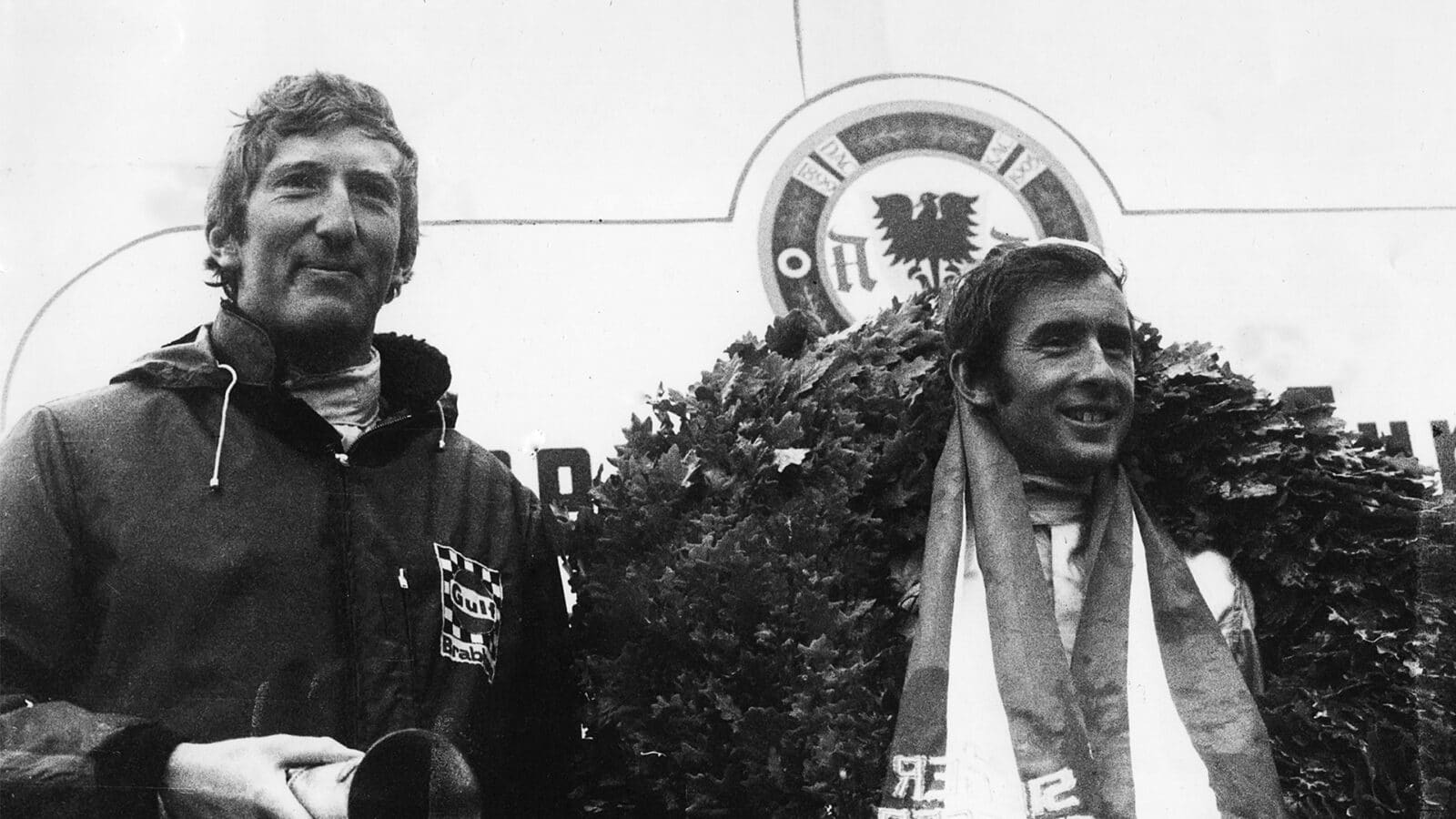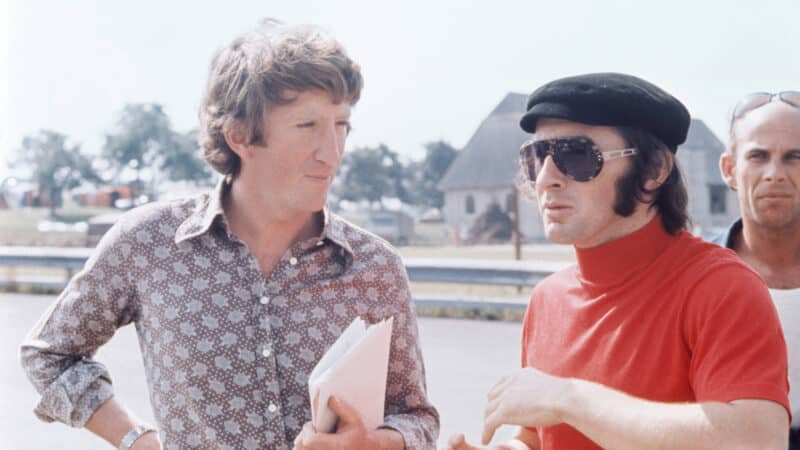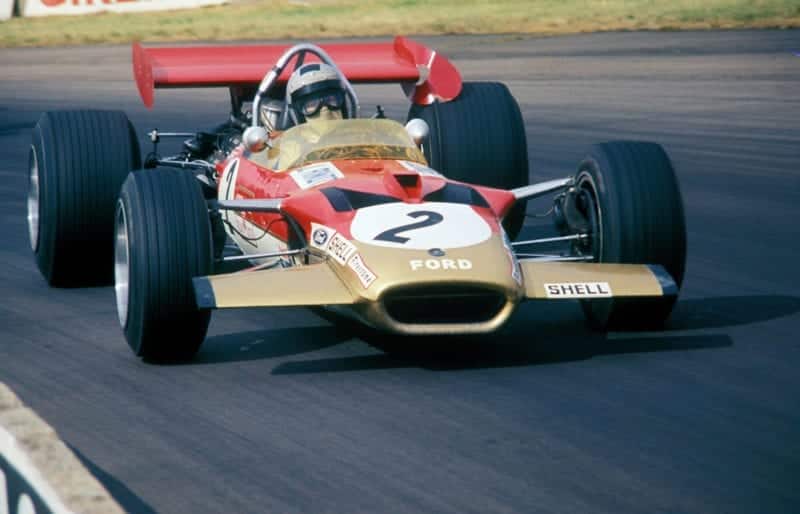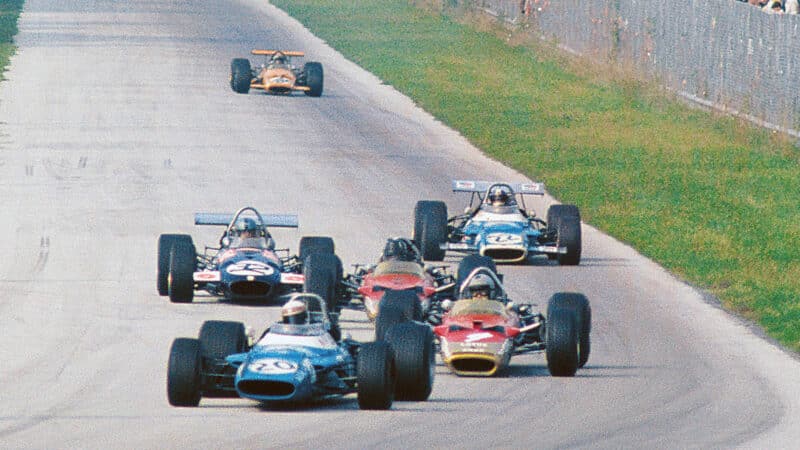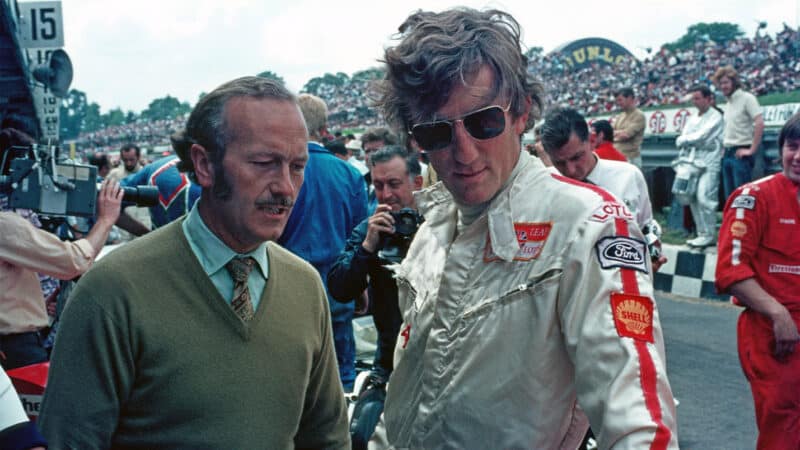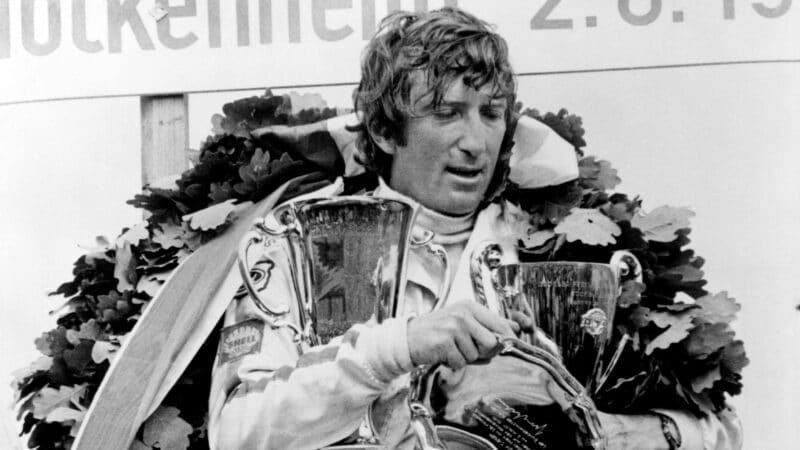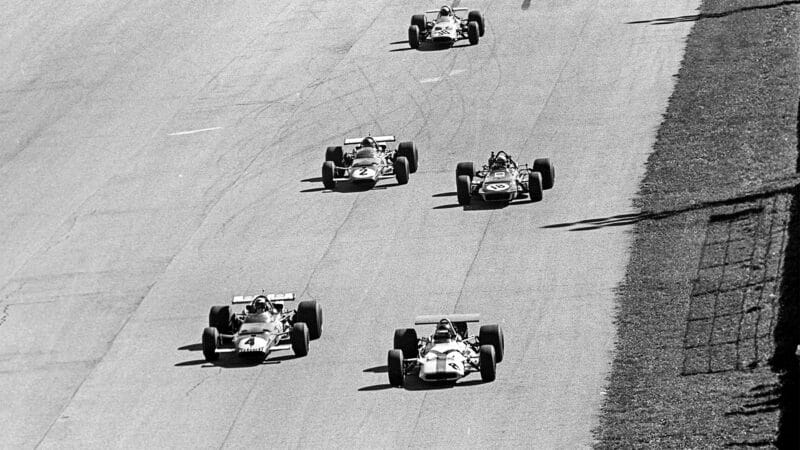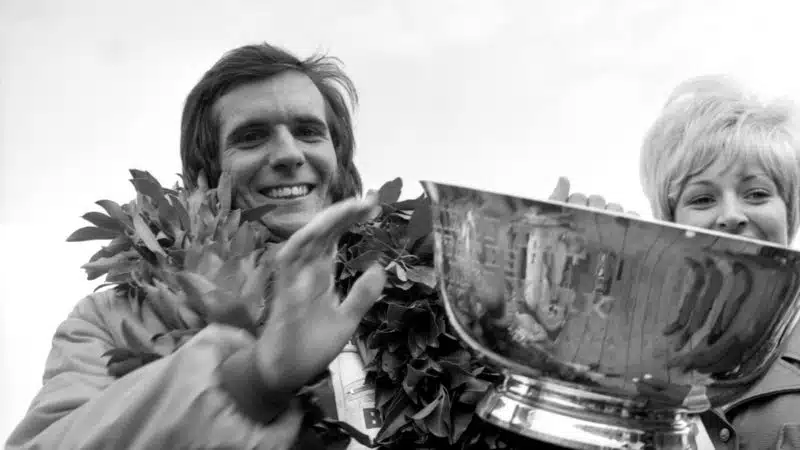Did it work?
“I don’t know! I just left — I’d come into the office and he didn’t see me. I saw this and thought, ‘Oops, I’m obviously not needed here…’ ”
The name of Rindt first reverberated around the racing world in the spring of 1964 when as a virtual unknown he won the F2 race at Crystal Palace, beating Graham Hill in the process. Throughout the season he was a front-runner in the class, and at the first Austrian Grand Prix — run that year on a rough airfield track in Zeltweg — he was offered a one-off drive in one of Rob Walker’s Brabhams. For 1965 he joined the Cooper team, partnering Bruce McLaren, and at the same time Stewart came into Formula 1 as team-mate to Hill at BRM.
“The first grand prix was South Africa, in East London, and the race itself was on New Year’s Day. We were staying in the King’s Hotel, I remember, and Hogmanay there was obviously going to be noisy and boisterous and not ideal for the night before a race — I was nervous and well wound up about my first ever grand prix. I wanted to escape. Helen wasn’t there and neither was Nina, so Jochen and I went to a drive-in movie together! Two fellows! Okay, today it would not be unusual, but then it was pretty extreme…”
For Jackie it was the beginning of a remarkable first F1 season — he finished third in the World Championship, beaten only by Jim Clark and Hill, and he won the Italian Grand Prix — but Jochen had a terrible time of it, a fourth at the Nürburgring his best result.
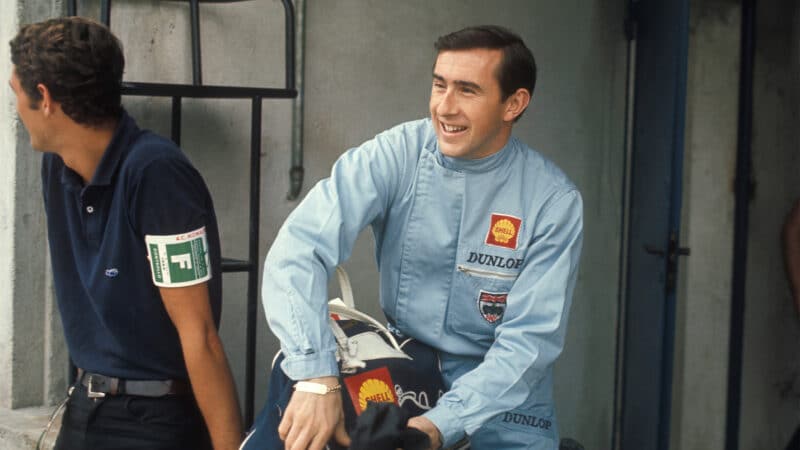
Fresh-faced Stewart at the 1965 Italian GP
Getty Images
Outside F1, though, things were much better. Increasingly Rindt was becoming the star in F2 and, sharing a NART Ferrari 250LM with Masten Gregory, he also won the Le Mans 24 Hours.
“Jochen didn’t really feature in F1 much at that point,” says Stewart. “It took a while — he didn’t have a car nearly as good as my BRM.”
Was there ever any jealousy in evidence? “No, nothing like that. For one thing, in F2 he was the man to beat. I won the odd race — I remember one at Karlskoga, involving Jimmy and Jochen particularly— but there were some races when he just left everyone behind. In those days Jochen was always a big sideways merchant and I always thought him over exuberant — incredibly spectacular but not, I thought, as fast as he could have been.
“He was certainly confident in his own driving, but in those days you could drive an F2 car like that — you could do anything with it. I was never a sideways driver, but Jochen was. An F1 car was considerably less agile and I think he overdrove to a point where… sometimes if you drive a car too hard it just stalls on you in the same way as when you try and climb too high in a plane.”
For three years Rindt and Stewart stayed with Cooper and BRM respectively but, while Jackie was invariably thereabouts, Jochen struggled with increasingly uncompetitive machinery. Freak circumstances, as in the terrible rains of Spa in 1966 (where his Cooper-Maserati finished second to the Ferrari of John Surtees, having led 20 of the 28 laps) allowed him the occasional opportunity to show genius, but otherwise he was not a contender for victory, and ’67 was even worse: six points in the entire season.
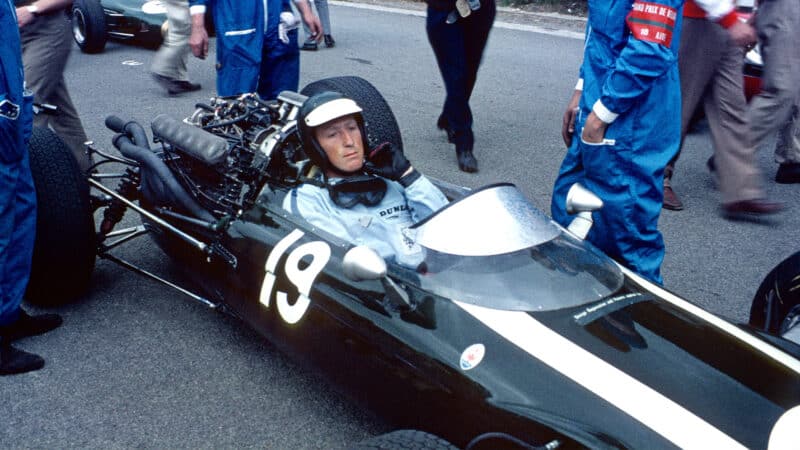
Rindt’s talent was hidden by his struggles
Grand Prix Photo
In 1968, while Stewart moved to Tyrrell’s new F1 team to drive a Matra, Rindt transferred to Brabham and had perhaps the happiest year of his racing life, for he got on famously with Jack and much enjoyed the four-cam Repco-powered car — when it was moving. Again there were flashes of what could be — he beat Stewart to pole position at Rouen by more than a second — but reliability was lamentable: eight points this time.
Brabham, who recently declared that, in his opinion, Rindt was the greatest natural driver of all time, desperately tried to persuade him to stay for 1969. And that, given that the team was to use Cosworth DFV engines from now on, might have been the smart thing to do. An offer from Lotus, though, proved irresistible.
